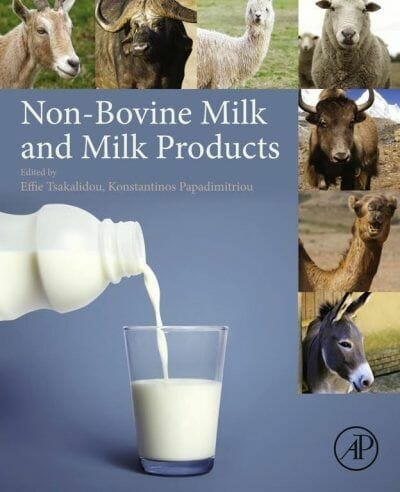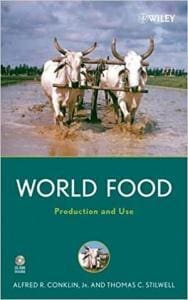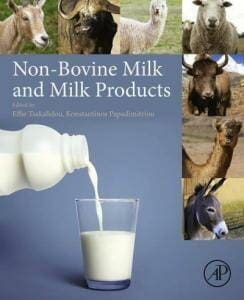Non-Bovine Milk and Milk Products

By Effie Tsakalidou and Konstantinos Papadimitriou
Non-Bovine Milk and Milk Products PDF presents a compiled and renewed vision of the knowledge existing as well as the emerging challenges on animal husbandry and non-cow milk production, technology, chemistry, microbiology, safety, nutrition, and health, including current policies and practices. Non-bovine milk products are an expanding means of addressing nutritional and sustainable food needs around the world. While many populations have integrated non-bovine products into their diets for centuries, as consumer demand and acceptance have grown, additional opportunities for non-bovine products are emerging. Understanding the proper chain of production will provide important insight into the successful growth of this sector. This book is a valuable resource for those involved in the non-cow milk sector, e.g. academia, research institutes, milk producers, dairy industry, trade associations, government, and policy makers.
A holistic and balanced overview of all aspects of non-cow milk and derived products, this robust guide covers related socioeconomic issues, emerging challenges in animal husbandry, and non-cow milk production, processing, technology, safety, nutrition, and health plus current industry policies and practices
- Discusses important social, economic, and environmental aspects of the production and distribution of non-bovine milk and milk products
- Provides insight into non-bovine milk from a broad range of relevant perspectives with contributions from leading researchers around the world
- Focuses on current concerns including animal health and welfare, product safety, and production technologies
- Serves as a valuable resource for those involved in the non-cow milk sector
This Book is Available For Premium Members Only













![Ettinger’s Textbook of Veterinary Internal Medicine 9th Edition [PDF+Videos] Ettinger’s Textbook of Veterinary Internal Medicine 9th Edition [True PDF+Videos]](https://www.vet-ebooks.com/wp-content/uploads/2024/10/ettingers-textbook-of-veterinary-internal-medicine-9th-edition-100x70.jpg)

![Textbook of Veterinary Diagnostic Radiology 8th Edition [PDF+Videos+Quizzes] Thrall’s Textbook of Veterinary Diagnostic Radiology, 8th edition PDF](https://www.vet-ebooks.com/wp-content/uploads/2019/09/textbook-of-veterinary-diagnostic-radiology-8th-edition-100x70.jpg)






